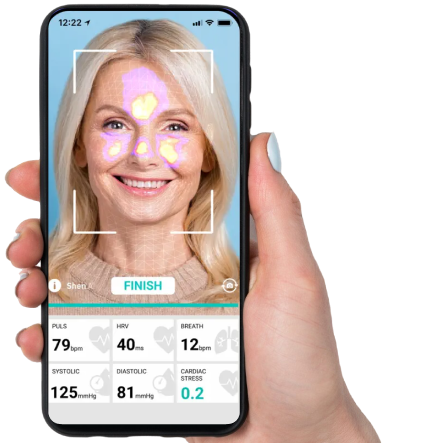U.S. emergency departments report that high blood pressure is the leading cause of cardiovascular emergencies. The Journal of the American Heart Association published a study of more than 20 million emergency department visits.
More than 2.7 million emergency department diagnoses for heart-related conditions were for “essential” hypertension, which is high blood pressure not caused by other conditions. Essential hypertension is the most common form of high blood pressure.
“These visits resulted in hospital admission less than 3% of the time and with very few deaths – less than 0.1%. This suggests that these visits were mostly related to the management of hypertension,” said lead author Mamas A. Mamas, M.D., a professor of cardiology at Keele University in Stoke-on-Trent.
An analysis of cardiovascular diagnoses made during emergency department visits from 2016-2018 was conducted. 48.7% of the sample was female, and the average age was 67. Most of the participants were on Medicare or Medicaid. Diabetes and obesity were more common in men than women, while blood vessel conditions affecting the brain were more common in women.
Among women seen in the emergency department, the most common diagnosis was high blood pressure (16%), followed by high blood pressure-related heart disease and atrial fibrillation (10.2%). Men were most commonly diagnosed with high blood pressure-related heart or kidney disease (14.7%), high blood pressure (10.8%) and heart attack (10.7%).
‘Strong evidence for the systemic undertreatment of women’
Mamas A. Mamas, M.D., Keele University
“Previous studies have shown sex differences in patterns of CVD among hospitalized patients,” Mamas said. “However, examining CVD encounters in the emergency department provides a more complete picture of the cardiovascular health care needs of men and women, as it captures encounters prior to hospitalization.” He also points out that previous studies of CVD emergency visits are limited to suspected heart attack visits. “Therefore, this analysis of 15 CVD conditions helps to better understand the full spectrum of acute CVD needs, including sex disparities in hospitalization and risk of death.”
Study results showed that men and women experienced slightly different outcomes from emergency CVD visits. After a CVD emergency department visit, women were less likely to die (3.3% vs 4.3% of men) or be hospitalized (49.1% vs 52.3% of men). According to Mamas, women’s diagnoses are generally lower risk, but their deaths may be underestimated as a result.
“We did not track deaths outside of the hospital setting,” said Mamas. “Given past evidence that women are more likely to be inappropriately discharged from the emergency department, and strong evidence for the systemic undertreatment of women, further study is warranted to track outcomes beyond the emergency department visit.”
Conclusions of the study
- A study of more than 20 million emergency department visits from 2016 to 2018 found that about one-third of heart-related emergency department visits involve high blood pressure or related conditions.
- There were 13% of visits for “essential” hypertension, which is high blood pressure not caused by another condition.
- Women were less likely than men to die after a cardiovascular emergency, and the top diagnoses were different between men and women.
- According to the study’s authors, women and men who receive Medicare and Medicaid have different cardiovascular health needs.






